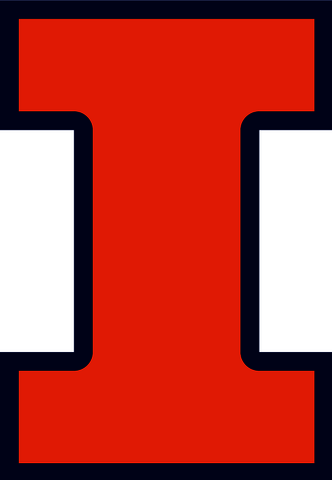What are OERs?
Open Educational Resources (OERs) are freely accessible, openly licensed documents and media. OERs may be an individual module or learning object or entire courses or textbooks. Lower textbook costs have been attributed to increased access and better learning outcomes for students.
Goals of OERs
Adopting OERs in your classes can provide many benefits:
- OERs can provide students with superior and more current learning tools.
- OERs can significantly reduce or eliminate the cost of required textbooks.
- OERs can increase access to higher education through greater affordability.
- OERs can be accessed by students after the course, unlike rental textbooks.
OERs and Accessibility
In general, OERs are materials made by other instructors anywhere in the world who are willing to freely share those materials with others. Do you need to think about accessibility with OERs? Yes. However, it shouldn't be a stumbling block in your adoption of OERs.
If you adopt OERs for your class, they should be checked for accessibility, just as with any other materials. Running the accessibility checker for Word files, PowerPoints, or PDFs can tell you how accessible something is and how to fix it. Not sure how to do this or where to being? Reaching out to DART is a great first step to make sure you OER materials are accessible.
In most cases, academic materials which are termed "OER" are licensed under a Creative Commons (CC) license. There are six different licenses. Four of the licenses allow copies of the work, which means that you and UIS DART team can make the materials accessible, add materials, or edit materials without issue (so long as you credit the original author/licensor). However, if the license is included "no derivatives," then we are not able to edit the materials to make them accessible by default. Our only option is to reach out to the content creator to see if they might be open to other options.
Where can I find OERs?
There are several online sources of OER materials. The following are some recommended sites to start searching for OER materials for your courses:
What tools can I use to create my own resources?
In addition to common word processing and presentation software programs, faculty can create their own instructional materials using more sophisticated publishing tools.

eText at University of Illinois at Urbana-Champaign
According to the Center for Innovation in Teaching & Learning, eText delivers "fully accessible, multimedia-rich online textbooks" to students. Content can be accessed from both computers and mobile devices. Learn more about eText by viewing their frequently asked questions page for instructors.

Apple Pages
Previously, Apple developed and supported iBooks Author as a means of creating books. iBooks Author is no longer available or updated, but the functionality of the program exists in Pages. Read more about the transition from iBooks Author to Pages and how you can use Pages to create a book, collaborate with others, or publish to Apple Books. If you previously used iBooks Author, you can import the book you created using iBooks Author to Pages for further editing.
Learn more about OERs
- Lumen Learning has created an OER Champion Playbook that is useful in planning for and executing the use of OERs.
- Ray Schroeder, Professor Emeritus at UIS, publishes a blog that curates OER news articles.
- Authors David Wiley, Cable Green, and Louis Soares share information on "How Open Education Resources Unlock the Door to Free Learning." They go into more detail in Chapter 6 of Game Changers.
- Bay View Analytics shares their annual report on educational resources in both higher education and K-12 education.

